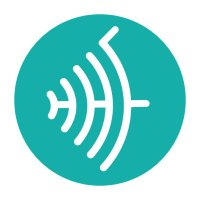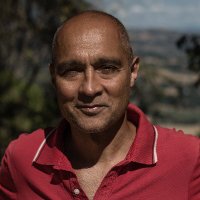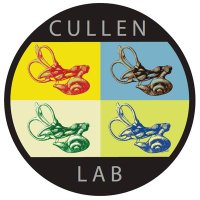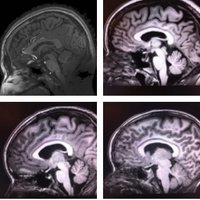
Bryan Ward
@wardensmd
Ear surgeon-scientist @HopkinsMedicine, dad, husband, sci-fi lover, soccer coach, part-time historian and philosopher. views are my own.
ID: 2418997542
https://scholar.google.com/citations?hl=en&view_op=list_works&gmla=AJsN-F5x_L9EO8LzmLPVzI9y32FEkQFjG 30-03-2014 13:24:20
372 Tweet
680 Takipçi
355 Takip Edilen







Results "point to an inverse relationship between membrane thickness and fluid buildup." From: Understanding Inner Ear Fluid Buildup in Ménière’s Disease from HHF grantee Bryan Ward Bryan Ward << 👏👏 hearinghealthfoundation.org/blogs/understa… #menieres #hearing #balance Johns Hopkins Medicine @KLKrems

Single-cell immune profiling of Meniere Disease patients support different clusters according to immune response Sydney Health Kolling Institute ibs.GRANADA GENYO Universidad Granada sciencedirect.com/science/articl…



#Bárány2024 meeting in Uppsala, Sweden, August 2024 starts with teaching day Saturday 24th August. 🙏Kathleen Cullen for helping to organise. barany2024uppsala.com/teaching-day/ TheCullenLab Vestibular Neurology Research Group



Should medical students be prohibited from using generative AI for residency applications? We don't think so. Perspective with Jenny X Chen, MD EdM Sarah N Bowe MD EdM in JGME #MedEd: doi.org/10.4300/JGME-D…




This crossover, double-blinded, placebo-controlled RCT out of MUSC Department of Otolaryngology - HNS assessed the efficacy of the SNRI venlafaxine in 40 patients with Ménière’s disease. There was no difference in number of episodes and QOL outcomes between groups. JAMA Otolaryngology – Head & Neck Surgery jamanetwork.com/journals/jamao…

Circling is observed in many mouse vestibular disorder models but is often left unquantified. Our paper, led by Oliver Stanley @oliwhail, introduces a tool leveraging DeepLabCut 🦄 to automatically identify circling and facilitate behavioral quantification. nature.com/articles/s4159…











